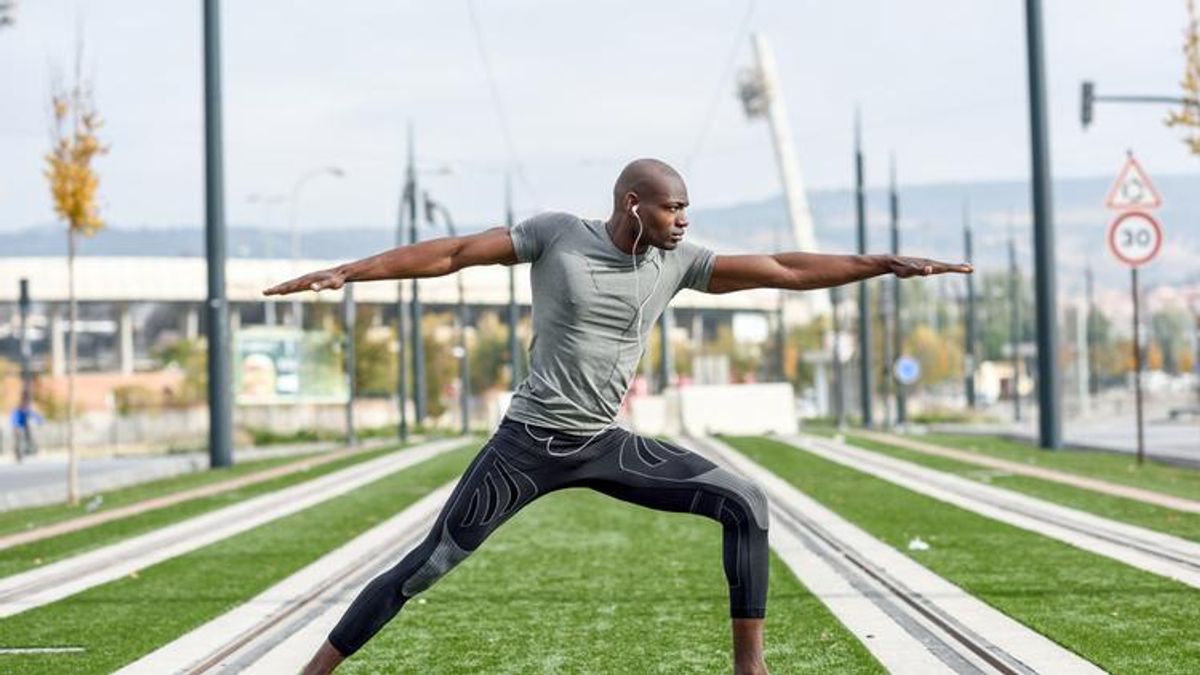Print Issue
6 Health Tips for People Living With HIV

Skeletal health is a key issue for adults over 50 with HIV. Here’s how to combat it.
April 30 2020 12:09 PM EST
By continuing to use our site, you agree to our Privacy Policy and Terms of Use.

Skeletal health is a key issue for adults over 50 with HIV. Here’s how to combat it.
People living with HIV have been found to have lower bone mineral density, which can lead to osteoporosis, frailty, and broken bones. This can prove deadly among those over 60. Common antiretroviral drugs, like tenofovir disoproxil fumarate, have potential detrimental impacts on bone health.
However, research in the Journal of Acquired Immune Deficiency Syndromes shows that the bone loss associated with HIV treatment cannot itself account for the 22 percent increased risk of fractures that poz folks face.
“The increased fracture risk in people living with HIV is not caused by reductions in BMD [bone mineral density] as these only explain a 15 percent increase in fragility fractures,” Dr. Jakob Starup-Linde noted. “These findings underline a bone deficiency in HIV besides what is reflected in BMD.”
The study’s authors also point to comorbidities like hepatitis as possibly accounting for the differences. Performing a meta-analysis of published studies, Starup-Linde and his colleagues at Aarhus University Hospital in Denmark set out to evaluate bone fracture risks and bone mineral loss among people living with HIV—and potential prevention and treatment methods.
The researchers found that HIV-positive people (mostly men) in the studies were 50 percent more likely to experience any fragility fracture and four times more likely to experience a hip fracture. They also found that two drugs may combat or reverse bone mineral density loss: alendronate (associated with a 3.5 percent increase in BMD of lumbar spine) and zoledronate (associated with a 8.9 percent increase in BMD of lumbar spine).
“Besides antiosteoporotic treatment, efforts should aim at environmental risk factors, such as smoking cessation, decreased alcohol intake, optimal nutritional intake, including increased physical activity and screening for risk factors for falls,” the researchers concluded.
A 2018 study in AIDS Research and Therapy previously noted that nearly a third (28 percent) of older people living with HIV are frail and exhibit three or more of the following: self-reported exhaustion, weak grip strength, slow walking speed, reduced physical activity, and unintentional weight loss of more than 10 pounds in the previous year.
That being said, the time to intercede and improve your bone health should be before you become frail. So here are some lifestyle changes you can make now to strengthen your bones:
Stop smoking tobacco and reduce alcohol consumption. Since risk factors include smoking and chronic kidney disease or cardiovascular disease, addressing the issues that lead to disease can combat frailty and fracture risk.
Increase your calcium intake. Calcium is critical for bone health—but it’s also essential for heart health. And without enough calcium intake, your body will leach calcium from your bones to meet the needs of that vital organ. Getting your calcium from foods like milk, cheese, tofu, kale, and sardines is ideal but if you’re not able to get at least 1000 to 1200 milligrams a day, consider taking a supplement. And don’t forget Vitamin D, which is a crucial element in processing calcium. The vitamin will help your kidneys break down calcium while improving absorption so you get more out of the calcium you take in.
Eat a healthy diet. Bone growth takes energy, so you need to provide the body with enough fuel to remain strong. This means you need protein to build bones. Embrace a high protein diet, but don’t forget about your need for other nutrition requirements (i.e. don’t stop eating fruits and vegetables). The Mediterranean diet has been named the best diet overall for three years running, beating out other options like keto in the U.S. News & World Report 2020 rankings.
Move it or lose it. Like muscles, bones need to be used or they wither. When you stop actively loading your skeletons, calcium begins to leak out. While 20 minutes of weight-bearing exercises (like walking, push-ups, or lifting weights) a day can help maintain or even increase bone density, even small increases in physical activity can make a difference. The important thing is to move your body more.
Prevent falls. You want strong bones, but you also want to avoid the kind of injuries that can lead to broken bones. That doesn’t just mean rethinking extreme sports after 70. It can be as simple as clearing the clutter from floors, deicing slippery walkways, or putting a non-slip rug in your bathroom. Or, it might be time to install railings and handles, or move heavier items to lower shelves.
Practice Yoga or Tai Chi. Another way to prevent falls is to improve your balance. Yoga, Tai Chi, and similar practices can help you do just that. They are also associated with other health benefits including pain reduction and increases in mental and cardiovascular health.